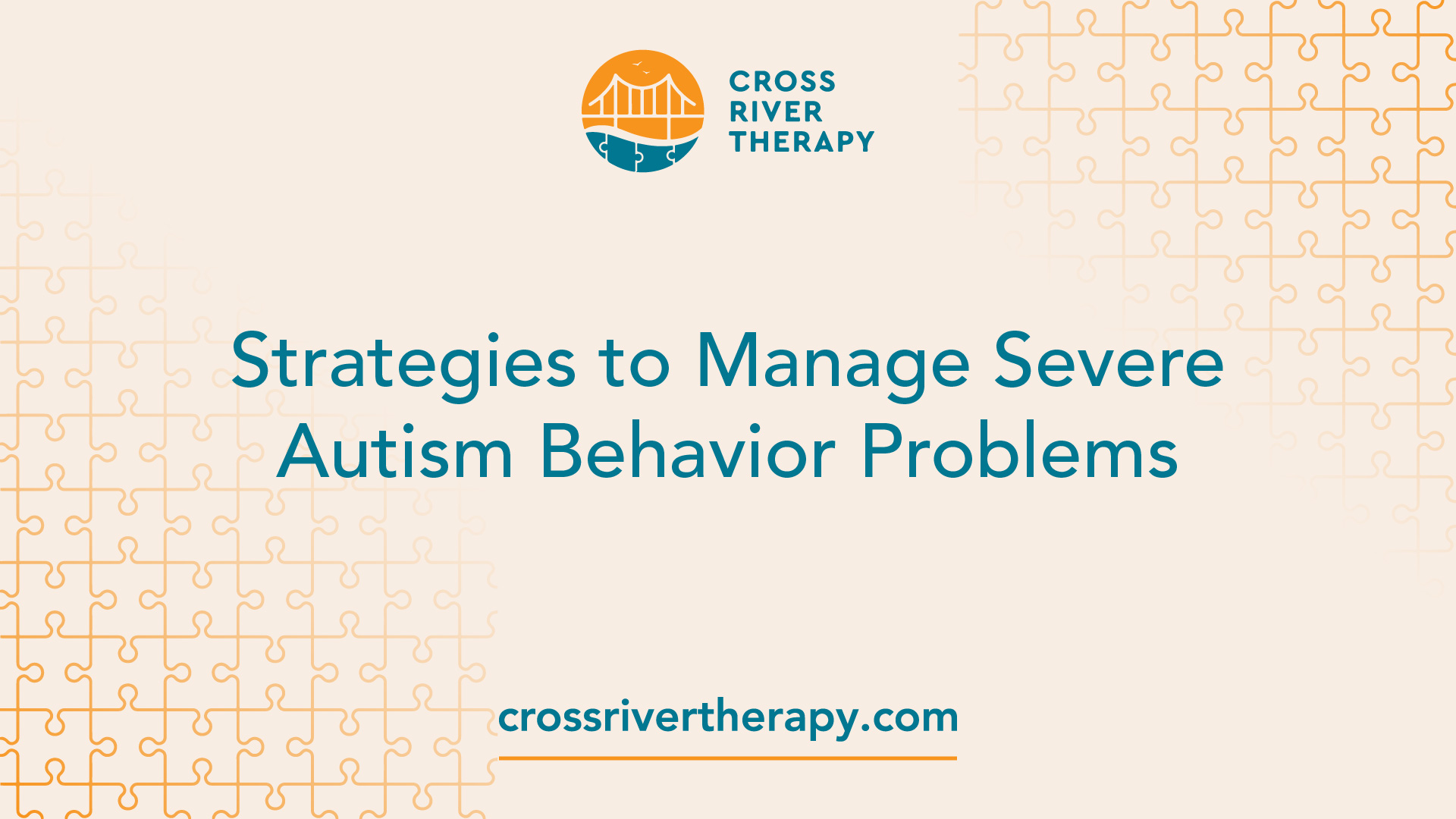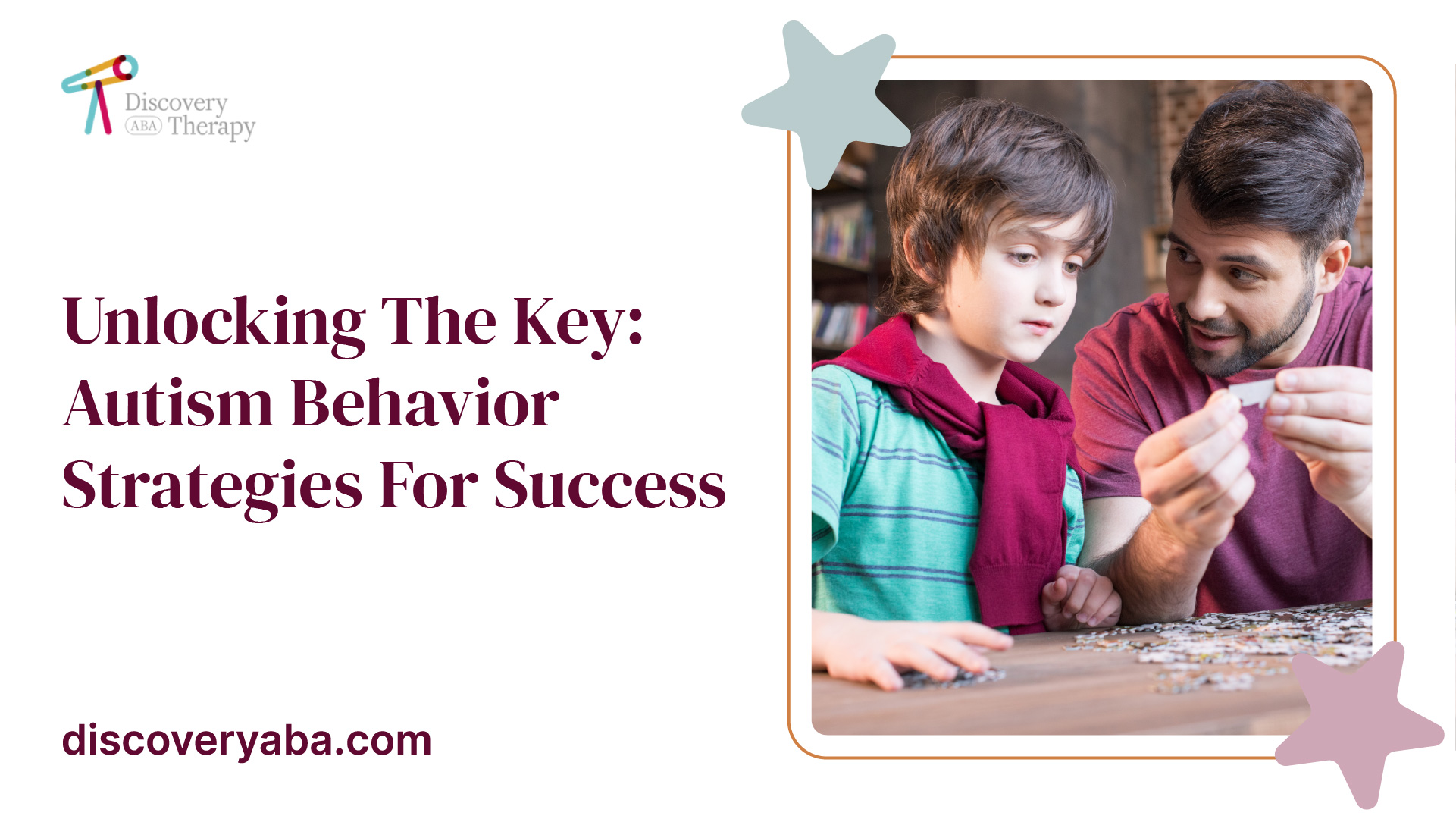Recognizing the Effect of Behavioral Autism on Life and Social Interactions
You might not realize just how deeply behavior autism influences day-to-day live and social communications. Individuals on the spectrum frequently navigate a globe loaded with interaction hurdles and sensory overload. These challenges can result in irritation and isolation, influencing their relationships and overall well-being. Comprehending these subtleties is essential for fostering helpful atmospheres. What techniques can we apply to produce even more comprehensive spaces and meaningful connections? The solutions might shock you.
Defining Behavior Autism and Its Features
Behavioral autism, commonly described as autism range condition (ASD), includes a variety of problems characterized by difficulties in social interaction, interaction, and recurring actions. You might notice that people with ASD often have a hard time to analyze social hints, which can cause misunderstandings in conversations. They might discover it tough to develop eye get in touch with or take part in tiny talk, making social situations feel frustrating.
Interaction problems can materialize in various ways, from delayed speech growth to a choice for making use of less words. Repetitive behaviors, such as hand-flapping or shaking, can work as coping mechanisms to manage stress and anxiety or sensory overload. These attributes can exceptionally impact life, making it vital for you to comprehend and support those with ASD. By identifying these characteristics, you can foster an atmosphere that promotes acceptance and urges reliable communication, helping people with autism flourish in their everyday communications.
The Range of Autism: Recognizing Variability in Behavior
Autism spectrum condition (ASD) isn't a one-size-fits-all diagnosis; it varies extensively amongst people. You may run into individuals who are very spoken and involve conveniently in discussions, while others may like solitary tasks or communicate non-verbally.
Moreover, the way people with ASD reply to sensory input can differ significantly; some could be overwhelmed by loud noises or intense lights, whereas others prosper in stimulating settings. The range likewise consists of differences in social interactions; some people may have a hard time to interpret social signs, while others navigate social settings with relative convenience. Understanding this irregularity is essential, as it aids you value each individual's one-of-a-kind experience and dressmaker assistance to their certain needs, cultivating an extra inclusive setting for everybody.
Communication Difficulties Dealt With by People With Autism
When you interact with people on the autism range, you may observe their distinct interaction challenges. They typically face difficulties with both spoken and nonverbal hints, which can affect their social communications. Understanding these barriers is essential for cultivating much better links and assistance.

Verbal Communication Problems
Several individuals on the autism spectrum experience verbal communication difficulties that can substantially affect their day-to-day communications. Your tone, volume, or speed could not line up with social expectations, creating others to misinterpret your objectives. Identifying these difficulties can aid you and your assistance network create methods to enhance interaction and promote much better links with others in your daily life.
Nonverbal Interaction Barriers
Spoken interaction isn't the only challenge individuals on the autism range face; nonverbal communication obstacles can be equally as significant. You could locate it difficult to interpret body movement, faces, and eye call, which are necessary for effective interaction. These obstacles can bring about misconceptions or false impressions of social signs, making interactions feel overwhelming or confusing. You may battle to share your very own emotions via nonverbal methods, leaving others not sure of your purposes or feelings. This separate can produce sensations of seclusion and aggravation. Identifying these barriers is critical for cultivating understanding and empathy in your interactions. By addressing nonverbal interaction, you can discover techniques to improve your social experiences and improve your total quality of life.
Social Interaction Influences
Social communications can typically really feel frustrating due to the special communication challenges dealt with by individuals with autism. Acknowledging these challenges can help you discover methods to improve interaction, such as practicing social skills in secure setups or using visual aids. Understanding your requirements allows you to navigate social communications with greater confidence and simplicity.
Social Communication and Connection Structure in Autism
While building connections can be testing for people with autism, understanding their special viewpoints and communication designs can cultivate purposeful links. You may notice that numerous individuals on the range choose direct interaction and might battle with social hints or small talk. By being simple in your interactions, you can aid produce an atmosphere where they really feel comfortable.
Make the effort to listen and observe exactly how they reveal themselves. This insight can assist you in guiding discussions better. Involving in shared passions can likewise work as a bridge to much deeper links. Whether it's a hobby, a favored program, or a common enthusiasm, these typical strings can open up doors to friendship.
Every Day Life Routine: Navigating Obstacles and Methods
Steering life regimens can be specifically testing for people with autism, particularly when unforeseen changes take place. You might discover convenience in having an organized routine, as it helps you anticipate what's next. It's normal to really feel overwhelmed investigate this site or distressed when interruptions occur. To navigate these difficulties, think about implementing visual schedules or checklists. These devices can give clearness and peace of mind.
Developing a routine that includes sensory breaks can likewise be helpful. You can plan time-outs throughout your day to charge. It's necessary to interact with those around you, allowing them understand your demands and choices. This helps develop an understanding atmosphere.
Last but not least, practice mindfulness techniques to handle anxiety and anxiousness. Basic breathing workouts or basing methods can make a considerable difference. By integrating these methods, you can boost your day-to-day routine and reduce disruptions, making life really feel more manageable.
Strengths and Capacities of People on the Autism Range
Recognizing every day life routines is just one facet of the autism experience. Lots of individuals on the autism range have amazing toughness and capabilities that set them apart. You might find that your focus to information is outstanding, enabling you to master jobs that call for accuracy and emphasis. Your capability to believe outside package can result in innovative options in different situations.
Moreover, your memory abilities frequently shine, particularly in locations of rate of interest. Autism Therapist. This knack for preserving information can make you a valuable source in fields like art, technology, or science. You might likewise display strong aesthetic thinking, enabling you to visualize intricate concepts and resolve troubles artistically
In addition, your distinct viewpoint on the world can cultivate empathy and understanding in others, improving social interactions. Accepting these staminas not only enhances your confidence however also helps others appreciate the diverse skills you offer the table.
Creating Comprehensive Atmospheres for People With Autism
Producing inclusive settings for people with autism begins with developing sensory-friendly rooms that provide to their unique requirements. You can likewise foster possibilities for social communication, helping to build links and relationships. By making these modifications, you'll add to an extra inviting ambience for everybody.
Creating Sensory-Friendly Spaces
While making sensory-friendly areas, it's crucial to mirror on the special needs of people with autism. Start by picking calming colors and soft lighting to produce a calming atmosphere. Include peaceful areas where people can pull back and recharge when overwhelmed. You'll wish to minimize loud sounds and disturbances, making use of soundproof products or white noise makers to aid keep serenity. Consider tactile elements like soft fabrics or fidget-friendly objects that can provide convenience. Determine that spaces are versatile, permitting easy rearrangement to accommodate various activities. Ultimately, include visual timetables or clear signage to aid individuals browse the room with confidence. By thoughtfully incorporating these components, you can create a welcoming environment that sustains sensory needs and promotes total health.
Promoting Social Interaction Opportunities
Creating sensory-friendly rooms not just addresses Read Full Article private comfort but additionally establishes the stage for purposeful social interactions amongst individuals with autism. Motivate peer mentoring, pairing people with autism with encouraging peers who can lead them with social scenarios. By why not try these out applying these techniques, you can enhance social possibilities, helping people with autism develop friendships and reinforce their social skills in a safe, welcoming environment.

Regularly Asked Concerns
Exactly How Can Buddies Support Somebody With Behavioral Autism?
You can support a close friend with behavior autism by holding your horses, listening actively, and valuing their limits. Engage in tasks they delight in, interact honestly, and develop a comfy setting where they feel valued and comprehended.
What Resources Are Readily Available for Parents of Kid With Autism?
You can discover numerous sources for parents of kids with autism, including support system, instructional internet sites, and neighborhood social work. Getting in touch with other parents can likewise provide useful understandings and shared experiences to assist navigate challenges.
Can Behavioral Autism Adjustment In Time?

Yes, behavioral autism can transform with time. You may see shifts in communication, social skills, and actions as your youngster grows. Early intervention and assistance typically play essential functions in these developmental changes.
How Do Sensory Level Of Sensitivities Impact Daily Life?
Sensory level of sensitivities can make daily experiences overwhelming. You could have problem with loud sounds or intense lights, bring about anxiety or evasion. Discovering environments that accommodate your demands can greatly enhance your convenience and general every day life.
What Prevail Misconceptions Regarding Behavioral Autism?
You could assume behavior autism only influences interaction skills, but it's even more complicated. Many think individuals do not have empathy or knowledge, which isn't true. Comprehending these mistaken beliefs aids foster acceptance and support for those on the range.
Behavior autism, usually referred to as autism spectrum problem (ASD), encompasses an array of problems identified by challenges in social communication, communication, and repeated actions.Social interactions can frequently really feel frustrating due to the distinct interaction obstacles encountered by people with autism.Designing sensory-friendly spaces not just addresses specific comfort but likewise establishes the stage for significant social communications amongst individuals with autism. Encourage peer mentoring, coupling people with autism with encouraging peers who can direct them through social situations. By executing these methods, you can boost social possibilities, helping people with autism develop friendships and enhance their social skills in a secure, inviting setting.